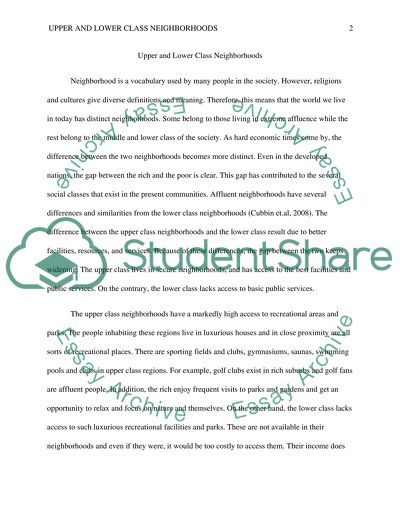Cite this document
(“Upper and Lower Class Neighborhoods Essay Example | Topics and Well Written Essays - 1000 words”, n.d.)
Retrieved from https://studentshare.org/english/1442425-two-neighborhoods
Retrieved from https://studentshare.org/english/1442425-two-neighborhoods
(Upper and Lower Class Neighborhoods Essay Example | Topics and Well Written Essays - 1000 Words)
https://studentshare.org/english/1442425-two-neighborhoods.
https://studentshare.org/english/1442425-two-neighborhoods.
“Upper and Lower Class Neighborhoods Essay Example | Topics and Well Written Essays - 1000 Words”, n.d. https://studentshare.org/english/1442425-two-neighborhoods.


